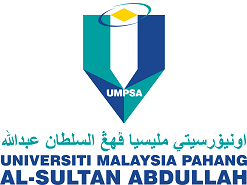Preliminary Study on the Prioritization of Asset Integrity Elements for Catastrophic Industrial Accident’s Warning Signs Using Analytic Hierarchy Process (AHP)
DOI:
https://doi.org/10.15282/jceib.v6i1.4361Keywords:
Analytic Hierarchy Process, warning signs, expert judgementAbstract
The catastrophic incident is a big event with high level of consequences and it is defined as either natural or man-made. Therefore, in appreciating the importance of disaster management cycle of the preparedness phase, recognizing the warning signs is one of the considerable means to avoid huge losses in term of property damage and human life. Thus, this study is to emphasize on asset integrity elements based on the “Incident Warning Sign Self- Assessment Tool” of the Center for Chemical Process Safety (CCPS-AlChE). The aim is to conduct the preliminary study on prioritizing the importance level of these elements and determine the weightage of each. A set of questions was constructed and distributed to the safety experts from the selected process industries located at East Coast region of West Malaysia. The Analytic Hierarchy Process (AHP) is used as a response analysis tool. The relevant data were derived using pairwise comparison analysis. The findings show that the weightage for “alarm & safety system” (0.219) and “maintenance’ (0.212) are at the highest priority amongst other clusters. The finding indicates that these two factors ought to be at the apex of the mitigations and preparedness measures which require an immediate attention.



